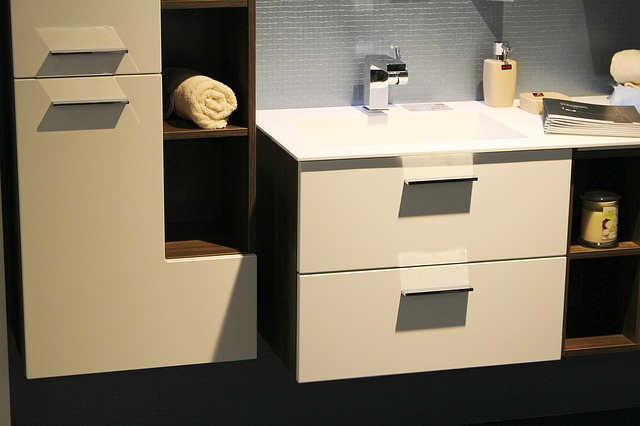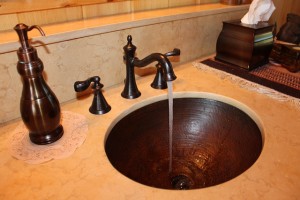Bathroom safety modifications are necessary if you want to protect yourself and your family from becoming injured. According to the National Safety Council in the United States, more than 200 000 people are injured i their bathroom each year.
You cannot eliminate the risk entirely, but you can make your bathroom a little bit safer.
Install adequate grip
In a room where there is splashing water, good traction is must. Do not install slick, glossy tiles on bathroom rooms. Install smaller tiles in the shower, with enough grout. You can also get stone or ceramic tiles that are designed with a little extra grip.
The risk of falling is still there, so it might be wise to get rid of fixtures with sharp edges.
Install grab bars
Installing grab bars in the shower and next to the bathtub is a great idea for everyone. This is especially true for adults of 65 years and older. A bar by the toilet helps anyone who has difficulty standing. You can actually get these in different styles too. If you want to install them later, install the necessary blocking in the wall, and keep a record of the location so that you can add them easily.
Turn down the temperature
Most water heaters are set to 50°C and that temperature can burn delicate skin in seconds. You reduce the risk of burns by setting your water heater to 40 or even 30°C. If you are remodeling, you can install an anti-scald valve for your tub and shower. The valves come in two types which is thermostatic and pressure-balanced.
The thermostatic valves tend to be a bit expensive but they are required for high-volume shower systems. If you cannot open the wall to change the valve, get one to install it between the shower head and the pipe neck.
Lavatory faucets with a motion sensor can prevent scalding because the water temperature is preset to a safe level. This convenient sensor also stops the spread of germs by allowing you to wash your hands without touching the taps.
Another added bonus of these motion-sensing faucets is that there is little risk of an overflow.
Bathe safely
If you are planning on installing a new shower, make sure the controls are easy to reach. This goes for inside and outside of the water stream. You should be able to adjust the temperature before you jump in.
Install a shower bench so that you don’t cut yourself while shaving legs.
If you have glass enclosing the shower, make sure it it shatterproof and the door should open outward. This is a great help if you slip or faint because help can reach you.
If you want to install a new tub, get a platform design. You can enter the tub by sitting on the platform, swinging your legs over and lowering yourself in.
Kids
If you have small children or they visit, lock away cleaning supplies and medications. Install safety devices such toilet locks and tub-spout pads. Never leave a small child unattended in the bath or shower. Injury experts recommend that you don’t use a baby-seat as they do not prevent drowning. Children can drown within minutes in only a few centimeters of water. Their skin is more sensitive than an adult’s and their centre of gravity is higher. This means that children fall over easily, and their faces or heads take the brunt of the impact.
Extra comfort
Many universal design features that make a bath wheelchair-accessible can also make it safer and more relaxing for everyone.
A toilet with about 18 inches seat height means that it is the hight of an average dining chair, which other adults prefer. A hand-held shower with an adjustable height makes it easier to shower if you’re on crutches or seated.
Simple safety measures
Some of the easiest safety measures are related to simple practices and you overall behaviour. You need to wipe up puddles or splashes promptly. Do not leave electrical appliances plugged in or near any water sources. Add traction mats to slippery bathtubs and remove any rug with a tendency to slip or bunch up. It would be best to use rubber-backed bath mats. Also plug in a night-light to guide people during the night.




